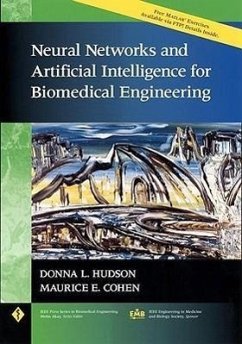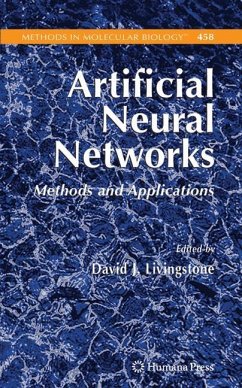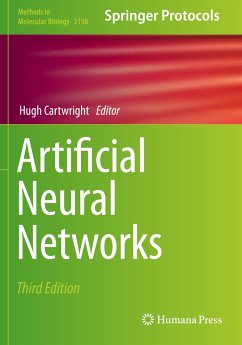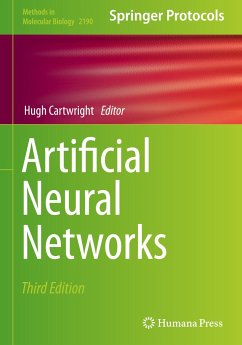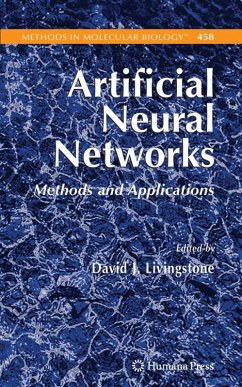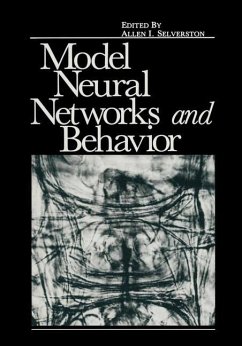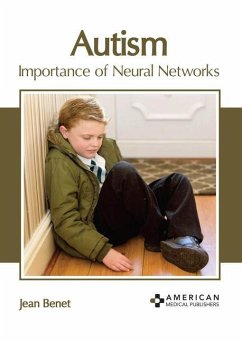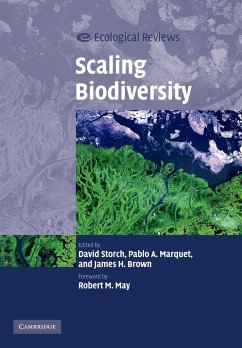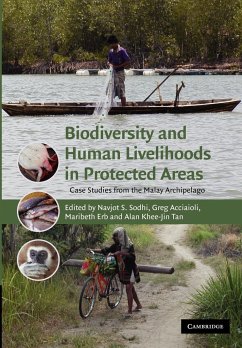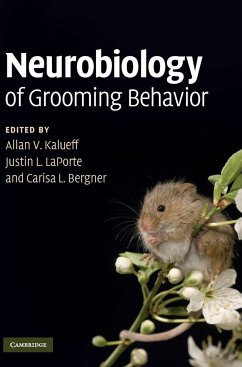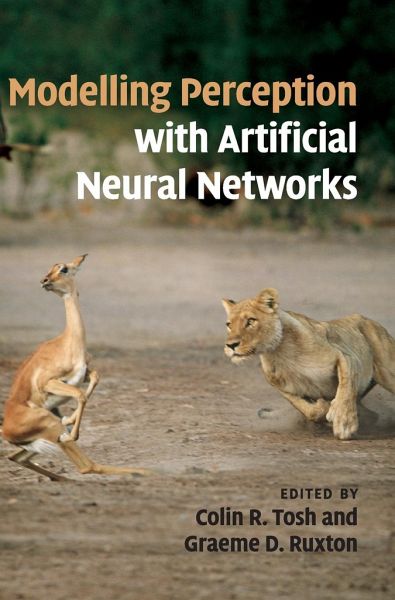
Modelling Perception with Artificial Neural Networks
Versandkostenfrei!
Versandfertig in 1-2 Wochen
145,99 €
inkl. MwSt.
Weitere Ausgaben:

PAYBACK Punkte
73 °P sammeln!
Studies of the evolution of animal signals and sensory behaviour have more recently shifted from considering 'extrinsic' (environmental) determinants to 'intrinsic' (physiological) ones. The drive behind this change has been the increasing availability of neural network models. With contributions from experts in the field, this book provides a complete survey of artificial neural networks. The book opens with two broad, introductory level reviews on the themes of the book: neural networks as tools to explore the nature of perceptual mechanisms, and neural networks as models of perception in ec...
Studies of the evolution of animal signals and sensory behaviour have more recently shifted from considering 'extrinsic' (environmental) determinants to 'intrinsic' (physiological) ones. The drive behind this change has been the increasing availability of neural network models. With contributions from experts in the field, this book provides a complete survey of artificial neural networks. The book opens with two broad, introductory level reviews on the themes of the book: neural networks as tools to explore the nature of perceptual mechanisms, and neural networks as models of perception in ecology and evolutionary biology. Later chapters expand on these themes and address important methodological issues when applying artificial neural networks to study perception. The final chapter provides perspective by introducing a neural processing system in a real animal. The book provides the foundations for implementing artificial neural networks, for those new to the field, along with identifying potential research areas for specialists.





